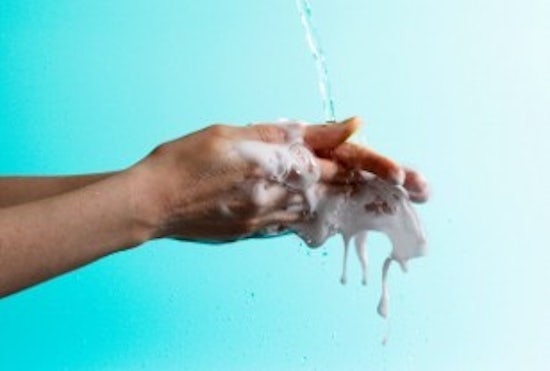Nursing homes urged to improve hygiene
Residential aged care facilities need good hygiene practices in place to limit the spread of bacterial organisms after research recently uncovered high levels of the E. coli bacteria in some facilities. The study of 119 residents at three aged care centres revealed 12% were carrying the multiresistant bacteria which is often found in food and causes vomiting and diarrhoea.

Source: Thinkstock
Residential aged care facilities need good hygiene practices in place to limit the spread of bacterial organisms after research recently uncovered high levels of the E. coli bacteria in some facilities.
The study of 119 residents at three aged care centres revealed 12% were carrying the multiresistant bacteria which is often found in food and causes vomiting and diarrhoea.
Dr Rhonda Stuart, whose study was published in the Medical Journal of Australia last week, told the Sydney Morning Herald the bacteria was likely spread as a result of poor hand hygiene and environmental contamination.
According to Dr Stuart, it is often difficult to isolate infected residents from those who are not infected as they usually have shared dining and recreation areas.
“Residential aged care facilities should have programs emphasising processes that will limit spread of these organisms, namely good hand hygiene compliance, enhanced environmental cleaning and dedicated antimicrobial stewardship programs,” she suggested.
While 12% of the total group tested positive for E. coli infection, more than a quarter of the residents in one of the homes were infected.
Dr Stuart claimed the spread of E.coli could spread easily in nursing homes due to nursing and cleaning staff working across several wings and residents’ high mobility could further spread the infection to fellow residents.
However, medical microbiologist Timothy Inglis and geriatrician Christopher Beer said introducing extra surveillance and targeted infection controls for E. coli were likely to be “costly and ineffective”.
“An alternative strategy is to use multiple measures targeting improvements in the skilled nursing care of those at identifiably higher risk of multiresistant bacterial infection, without prior surveillance culture,” they reported.
If you work at an aged care facility, share your thoughts on how good hygiene practices can be implemented by commenting in the box below.











![The new Aged Care Act exposure draft is slated for release in December of 2023, but advocates hope to see it rolled out on January 1, 2024. [Source: Shutterstock]](https://agedcareguide-assets.imgix.net/news/articles/wp/agedcareact__0811.jpg?fm=pjpg&w=520&format=auto&q=65)












Comments